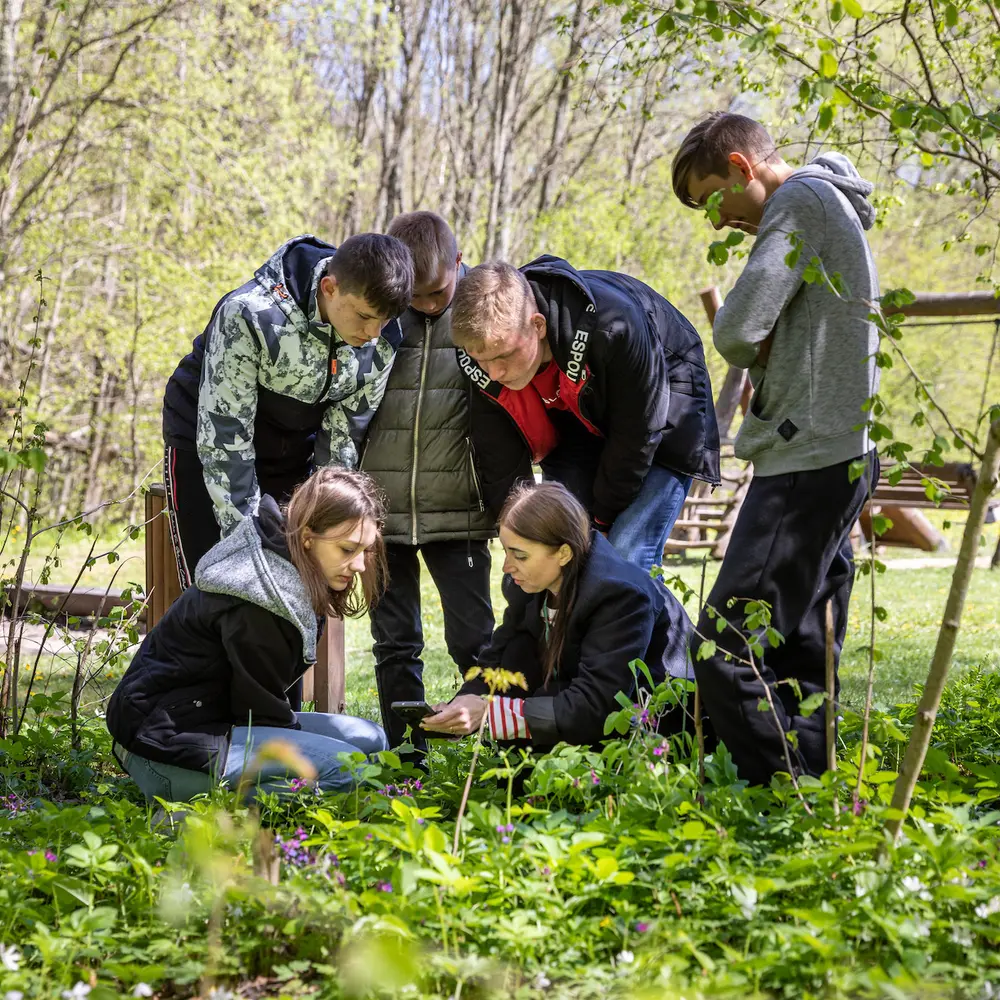Recently, I spent the better part of two days speaking with representatives from nonprofit organizations in our region, the Pacific Northwest. All of these leaders are contemplating making grant proposals to the M.J. Murdock Charitable Trust.
Some of the organizations have a long history of partnering with the Trust. Others have applied, but have not yet been successful. And others are planning to submit a proposal for the first time. The common desire I observed in each of these leaders was a hunger to put their organization’s best foot forward. How could they present their organizations in a way that inspired outsiders to catch their vision and support their mission?
Fortunately, part of my job as a program director is to help organizations do precisely that. Drawing on my experience shepherding people through the proposal process, as well as wisdom gleaned from my colleagues, I’ve come up with a few tips. Below are five simple steps to ensure your organization gets the best shot at partnering with the Murdock Trust.
1. Review the Eligibility Guidelines #
The best first step is to thoroughly read the Eligibility Guidelines to ensure you understand what the Murdock Trust funds and whether your organization and project are eligible. It's critical to do this before each new application, in case we have updated our guidelines since you last checked.
2. Identify your top priority #
In order for nonprofits to fulfill their missions, they must often seek funding for multiple projects or initiatives. We understand that. However, our Trustees are interested in an organization’s top priority project, one that is core to its mission and fully supported by the executive director and board. So take the time to isolate your most important program or new initiative before embarking on the application process.
3. Use the tools provided #
The project budget is the heart of your proposal. The project budget is carefully reviewed by the program directors as well as our Trustees. While we don’t require organizations to use a specific format for this document, we strongly encourage them to review the project budget templates provided in our toolbox. A well-considered project budget speaks volumes about the readiness of an organization. Templates are also available for other documents, such as the pro forma and funding plan.
4. Make the site visit count #
The onsite visit with your assigned program director is one of the most important aspects of the review process. If there were ever a time to put your best foot forward, this is it. We don’t expect fancy presentations as part of the visit. But we do expect to have key staff and board members present, all of whom should be up to speed on the proposed project as well as the overall health of the organization, including finances, programming, staff and board. You will be asked to provide updated information as part of the post site visit process. Timely, thoughtful and accurate follow-up documentation makes the task of reviewing your proposal much easier. If a project budget has to be sent back multiple times because of errors, it could indicate that you weren’t truly ready.
5. Take the long view #
Sometimes putting your best foot forward comes after you stumble. After months of preparing and anticipation, it’s never easy to hear that your proposal will not receive a grant from the Trust. But time and again, the organizations that accept the decision with grace, seek constructive feedback and strive to make improvements based on our recommendations end up forging a relationship with the Trust that often leads to a successful proposal down the road.
An excellent example of dedication to putting your best foot forward can be witnessed in a group of dedicated arts and culture nonprofits that have spent the past two years in an intensive training program with the DeVos Institute of Arts Management. This unique effort focused on the areas of long-term artistic planning, marketing, fundraising, strategic planning and board development and engagement. A complete report on this initiative and the organizations involved can be found here. Funding for this effort was provided in part by the Murdock Trust, along with seven other fine foundations: the Paul G. Allen Family Foundation, the Collins Foundation, the Ford Family Foundation, Meyer Memorial Trust, James F. and Marion L. Miller Foundation, the Oregon Community Foundation and the Harold and Arlene Schnitzer CARE Foundation.
Lorin Dunlop is a program director at the M.J. Murdock Charitable Trust. Lorin works primarily with arts and cultural organizations throughout the Pacific Northwest.







